This article contains
In the ever-competitive digital landscape, getting your website seen by the right people is paramount. While off-page SEO (like link building) plays a significant role, the foundation of any successful SEO strategy lies within your own website: on-page SEO. This article will demystify on-page SEO, providing a clear understanding of what it is, why it’s crucial, and how you can implement it effectively.
What is on-page SEO?
On-page SEO refers to all the optimization techniques you apply directly to your web pages to improve their ranking in search engine results pages (SERPs) and attract more relevant traffic. It’s about making your website as search engine-friendly and user-friendly as possible. Think of it as fine-tuning every element of your page, from the content itself to the underlying code, to signal its relevance and value to search engines.
Why is on-page SEO important?
On-page SEO is crucial for several reasons:
- Improved Search Rankings: By optimizing your pages, you increase their chances of ranking higher for relevant keywords, leading to greater visibility in search results.
- Increased Organic Traffic: Higher rankings translate to more organic (non-paid) traffic visiting your website.
- Better User Experience: On-page optimization often involves improving website structure, readability, and navigation, which enhances the overall user experience.
- Enhanced Relevance: Optimizing your content for specific keywords helps search engines understand what your page is about, ensuring it’s shown to users searching for relevant information.
- Control: Unlike off-page SEO, where you rely on external factors, on-page SEO is entirely within your control. You can directly influence these elements to improve your website’s performance.
Key elements of on-page SEO
Here’s a breakdown of the most important on-page SEO factors:
- Title Tags: These HTML elements specify the title of your web page and are displayed in search results. They should be concise, compelling, and include your target keyword.
- Meta Descriptions: These short snippets of text appear below the title tag in search results, providing a brief summary of the page’s content. They should entice users to click.
- Headings (H1-H6): Headings structure your content and make it easier for both users and search engines to understand. Use your primary keyword in the H1 tag and related keywords in H2-H6 tags.
- Content Optimization: High-quality, relevant content is the heart of on-page SEO. Create in-depth, informative content that satisfies user intent and naturally incorporates your target keywords.
- Image Optimization: Optimize images by using descriptive file names and alt text. Compress images to improve page load speed.
- URL Optimization: Use short, descriptive URLs that include relevant keywords.
- Internal Linking: Link to other relevant pages within your website to improve navigation and distribute link equity.
- Mobile-Friendliness: Ensure your website is responsive and provides a seamless experience on all devices.
- Page Speed: Website loading speed is a crucial ranking factor. Optimize your website’s performance to ensure fast loading times.
- Schema Markup: Implement schema markup to provide search engines with more context about your content, which can enhance your visibility in search results.
Best practices of on-page SEO
Keyword Research: Start by identifying the keywords your target audience is using to search for information related to your business. User Intent: Understand the “why” behind user searches. Create content that satisfies their needs and provides valuable information. Natural Language: Avoid keyword stuffing. Use keywords naturally within your content. Regular Updates: Keep your content fresh and up-to-date. Mobile-First Approach: Prioritize mobile optimization as Google primarily uses the mobile version of your website for indexing and ranking. Analytics Tracking: Use tools like Google Analytics to track your website’s performance and identify areas for improvement.
Conclusion
On-page SEO is a continuous process that requires attention to detail and a commitment to providing a positive user experience. By focusing on the elements outlined in this article, you can significantly improve your website’s search engine rankings, attract more organic traffic, and ultimately achieve your online goals. It’s the bedrock of any successful SEO strategy, and it’s something you have direct control over. So, start optimizing today and unlock the full potential of your website.


